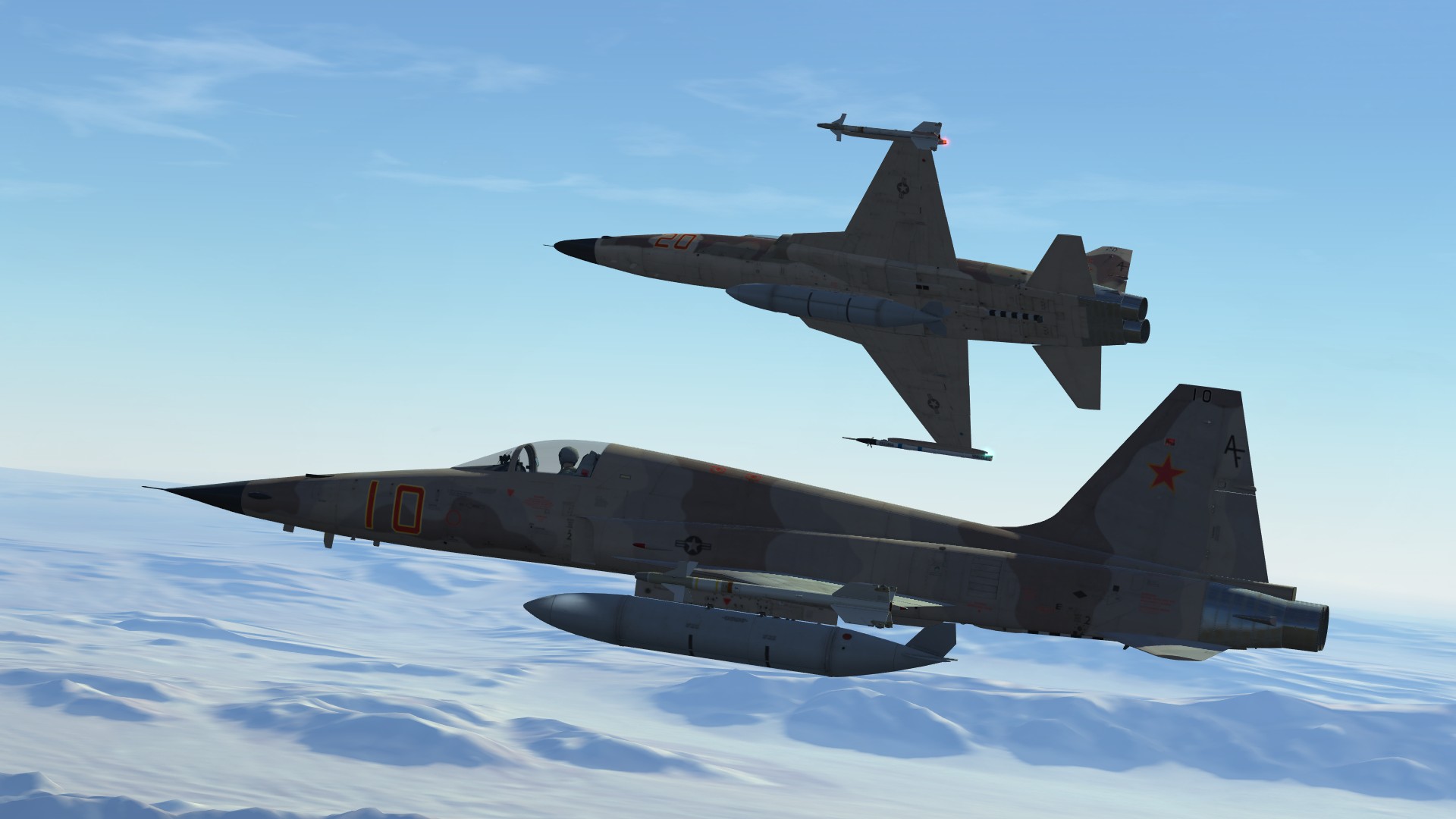

Avoid maneuvers that load high positive G’s following a negative G maneuver.Negative G’s followed by Positive G’s will place you at VERY HIGH RISK for GLOC as the reflex causing lower heart output and blood pressure will remain intact and will significantly diminish your G-tolerance. Focus on a high quality and more intense AGSM when performing maneuvers that may produce rapid G-onset.DoD found that without any strain or G-suit, G-LOC occurred at an average of 5.4 G’s at 1 G/sec rate) and 4.5 G’s at 2 G/sec rate. Studies performed in the 1940?s and 1950?s by the U.S. Slower G-onset allow for increased cardiac compensation reflexes. Rate of G-onset is just as important as absolute number of G’s. This reflex happens much quicker (2-4 seconds) Negative G’s provoke the opposite response, with heart output and blood pressure decreasing to eliminate the excessive blood in the brain. By this time, unconsciousness has likely occurred. Your body will reflexively make adjustments in heart output and blood pressure to increase blood flow to brain, but this takes 6-9 seconds for this reflex to initiate. Consider and combat inevitable muscular fatigue. When required, the intensity of the AGSM must be maintained throughout the maneuver.


The brain is highly sensitive to cellular hypoxia (lack of oxygen or blood) and rapid loss of function follows, i.e. Higher G’s make blood heavier and displace blood to gravity dependent areas (away from your nugget) VISUAL DEMONSTRATION OF THE UNTIMELY G-LOC: The combined Class A and E G-LOC mishap rate in USAF F-16 for Fiscal Years 1993-2009 is 1.32 per 100,000 flying hours. Fortunately, in this case, the pilot recovered consciousness and landed without incident. The base I am at experienced a class-E GLOC over a two year period. GLOC remains a significant threat to your life and the USAF mission. With the introduction of the new full-coverage G-suit, we expect GLOC occurrences and loss of aircraft/pilot due to G’s to decrease significantly. This installment will review the effect of G’s on the human body, the Anti-G Straining Maneuver (AGSM) and how you as the modern fighter pilot can decrease the likelihood of being the victim of a G-LOC (G-induced loss of consciousness).


 0 kommentar(er)
0 kommentar(er)
